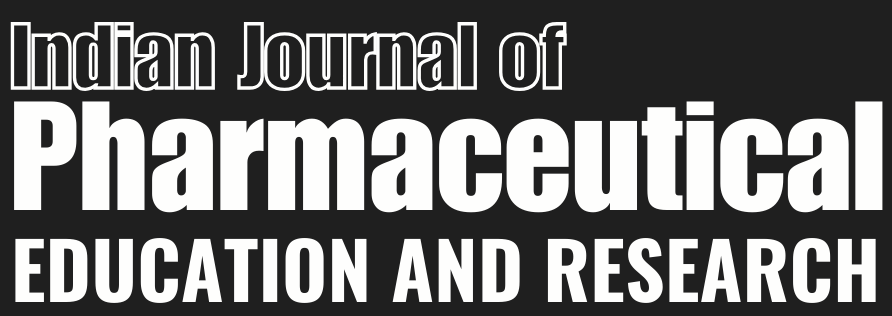ABSTRACT
Background and Aim
Pistacia vera (PV) is an important species with economic value, rich compound content and high biological activity. Carbon Tetrachloride (CCl4) used in our study is an important reactive toxic compound. Saccharomyces cerevisiae is often used as an important cell model in xenobiotic, toxicological and biochemical studies. This research, fatty acid contents of Pistacia vera cultivated in Kilis province, the effects of this content on fatty acid profile and total proteins in CCl4-induced cell damage the Saccharomyces cerevisiae (bread yeast) were investigated.
Materials and Methods
Fatty acid analysis of pistachio fruits was performed with GC tools. The model used for cell culture was S. cerevisiae. YEDP (1 g yeast extract for 100 mL, 2 g bacto peptone, 2 g glucose) medium was utilized for the growth and multiplication of S. cerevisiae FMC16. There were six groups in this study. i) Control group, ii) Pistacia vera 200 μL (PV2) group; iii) Carbon Tetrachloride 100 μL (CCl4) group, iv) Pistacia vera 400 μL (PV4) group; v) PV2+CCl4 group; and vi) PV4+CCl4 group. Following sterilization, S. cerevisiae cultures were incubated at 60°C for 72 hr (overnight). PV and CCl4 were then added to the cultures. Cell growth and total protein amounts of S. cerevisiae were determined by spectrophotometer.
Results
Research of results showed that, in contrast to the CCl4 group, total protein synthesis and cell proliferation increased in PV2+CCl4 and PV4+CCl4 groups at 1, 3, 5 and 72 hr (overnight). In our study, it was determined that there were important changes in fatty acids profile levels of oxidative stress-induced yeast cells. In our findings, an increase was observed in some fatty acid levels of PV extract, PV2, PV4, PV2+CCl4 and PV4+CCl4 groups compared to CCl4 groups. In our study, decreasing effects of CCl4 treatment on many fatty acids were observed in S. cerevisiae.
Conclusion
PV extract helps S. cerevisiae culture cells thrive and synthesize all of their proteins while also lowering oxidative damage. The positive results of PV extract especially on fatty acid biosynthesis and responsible enzyme activities will be a source for analogous research on different living organisms.


